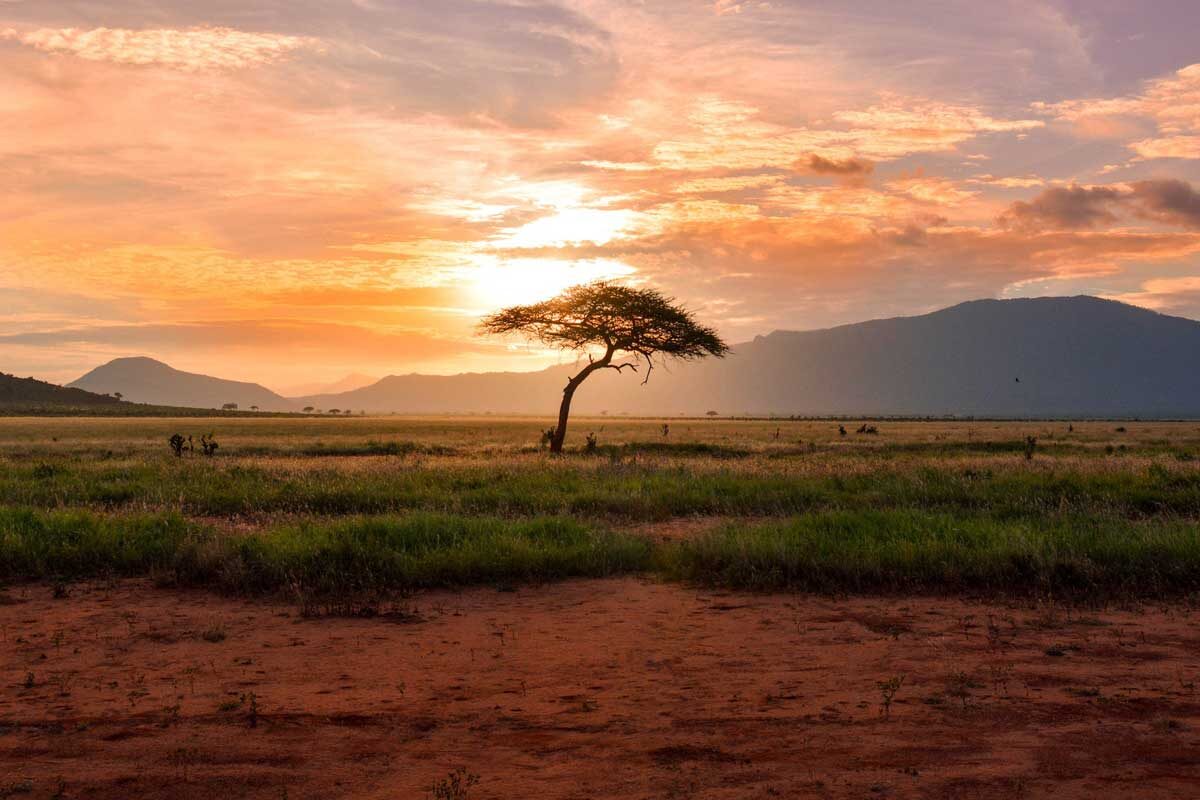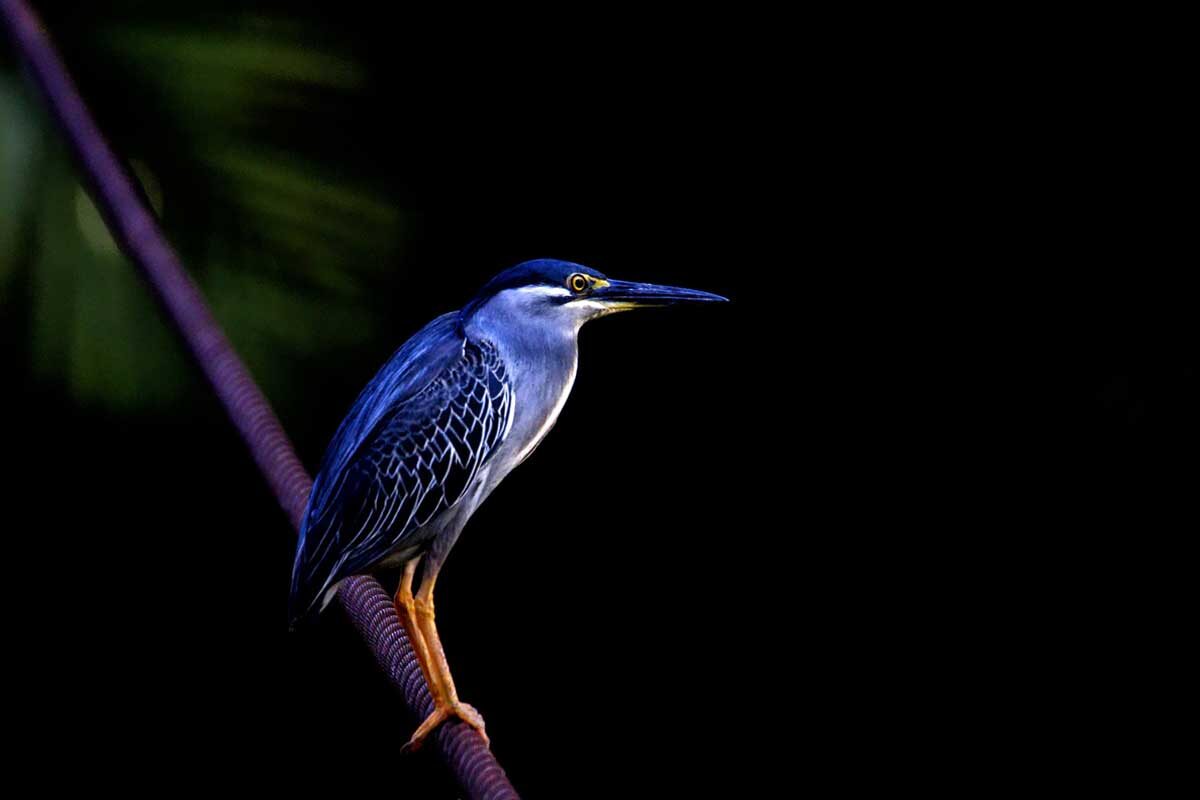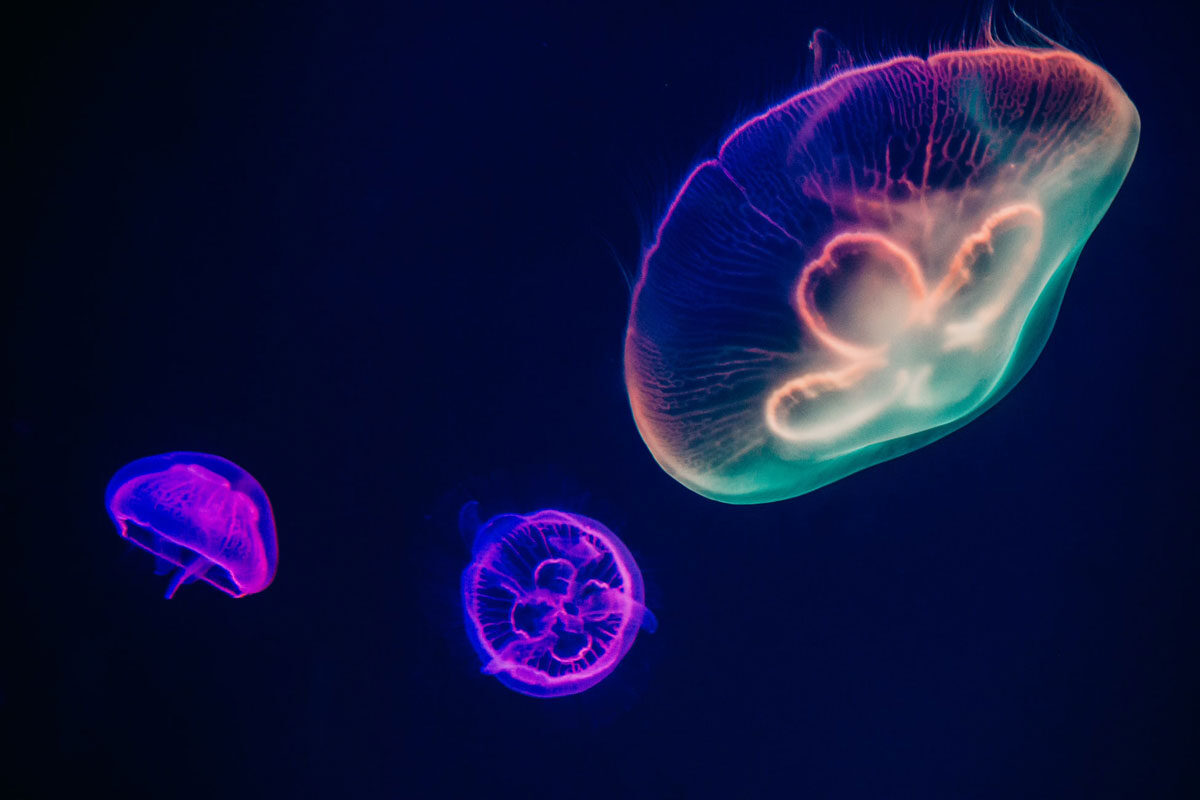Knysna, 102km east of Mossel Bay and 25km west of Plettenberg Bay, was a tiny remote settlement in the forest at the beginning of the 19th Century. However, white settlers arrived and soon Knysna had a thriving logging industry. Add some elephant hunting and the future of the forest was looking bleak until effective conservation policies were enforced in the 1880s. The Knysna elephants are the only freely roaming elephants in South Africa. They are mysterious, shy and difficult to monitor in their impenetrable forest home but it is thought that fewer remain than can be counted on one hand.
Knysna town has now grown to around 80,000 residents and is a main stop on the Garden Route. The lack of beach is compensated for by the location on the warm-water Knysna estuary and lagoon with a verdant hilly backdrop and impressive sights such as the Knysna ‘Heads’ – two striking headlands between which the estuary opens a turbulent channel to the ocean. There are plentiful art and craft shops and restaurants. A local speciality is locally cultivated oysters.
As well as the Elephant Sanctuary and adventure activities of tree canopy gliding, kloofing (canyoning) and abseiling, a main excursion of interest is to the 150 hectare Featherbed Nature Reserve, only accessible by ferry. There is a 4-hour guided excursion including the scenic ferry trip across the lagoon, a 4×4 vehicle nature drive to the top of the western ‘Head’ with its lovely views over the estuary and beyond, then a 2.2km walk down to sea level passing through milkwood forests, fynbos, sea cliffs and visiting caves once used by the Khoikhoi. Wildlife in Featherbed Nature Reserve includes the beautiful Knysna lourie, diminutive blue duiker (one of Africa’s smallest antelope), Cape mountain tortoises, African black oystercatchers and South Africa’s national bird the blue crane.
To the north of Knysna, temperate Afro-Montane rainforest covers the hilly terrain until transitioning to fynbos at higher levels in the Outeniqua Mountains. The extensive and dense Knysna Forest, home of the last remaining Knysna elephants, includes ancient indigenous trees such as stinkwood, yellowwood, ironwood, blackwood, Cape chestnut and white alders.















